Cats are the social and intelligent animal which are very connected to the human being. That’s why it is essential to know how to rear it and maintaining a cat. This article I explained some Cat Information which helps you when you want to own a cat. A detailed description of the food, house, and breed information for a cat is beyond the scope of this article.
Necessary Cat Information
As a new cat owner or cat lover, many questions may arise on your mind about the cat. In my article, I shall discuss the most common cat information for you. You will get a brief idea of all the basic knowledge of a cat. The origin and distribution, cat breeds, cat vaccination, cat grooming, cat handling, and cat veterinary examination are most common.
1. Origin and Domestication
The cat species also called the domestic cat or house cat. It is a small feline carnivorous mammal of the subspecies Felis silvestris catus. Its most immediate, pre-domesticated ancestor is the African wild cat and Felis silvestris lybica. The cat species has been living in close association with humans for at least 3500 years. They communicate by calling, purring, hissing, and gesturing. As the domestication of the cat is relatively recent, cats may also still live productively in the wild, often forming small colonies. So, it discusses the origin and domestication of a cat in my article of Cat Information.

2. Cat Breed
It is essential to know about the cat breeds for every cat owner. There are different types of cat breeds. When you rear a cat as a pet, you must have to see the breeds of cat. The name of the cat breeds are:
- Abyssinian.
- American Bobtail.
- American Curl.
- American Shorthair.
- American Wirehair.
- Balinese.
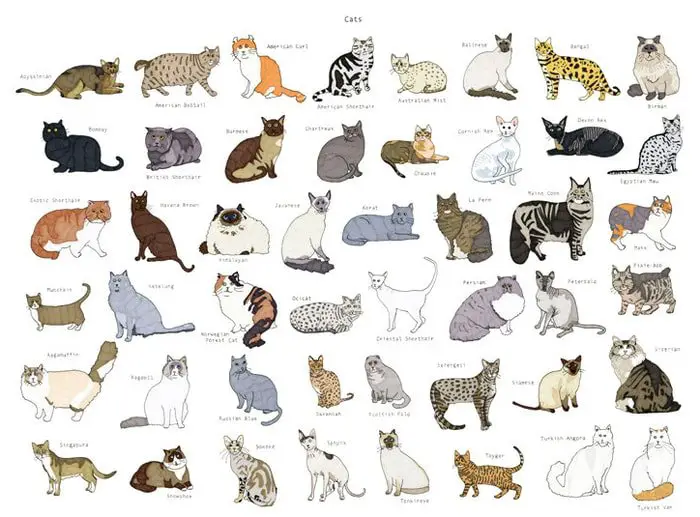
- Bengal.
- Birman.
- Korat.
- Ocicat.
- Devon Rex.
- Japanese Bobtail.
- Russian Blue.
- Persian cat.
3. Anatomy of Cat
In cat Information, I shall discuss the anatomy of a cat. Anatomy of a cat is a vast topic. So, I explain it shortly. The cat’s body composed of different types of the system in which organ systems function a specific job. The organ system includes:
- The cardiovascular system.
- The lymphatic system.
- The respiratory system.
- The digestive system.
- The urogenital system.
- The nervous system.
- The integumentary system.
- The musculoskeletal system.
- The organ of special senses.
- The hematopoietic system.
- The endocrine system.
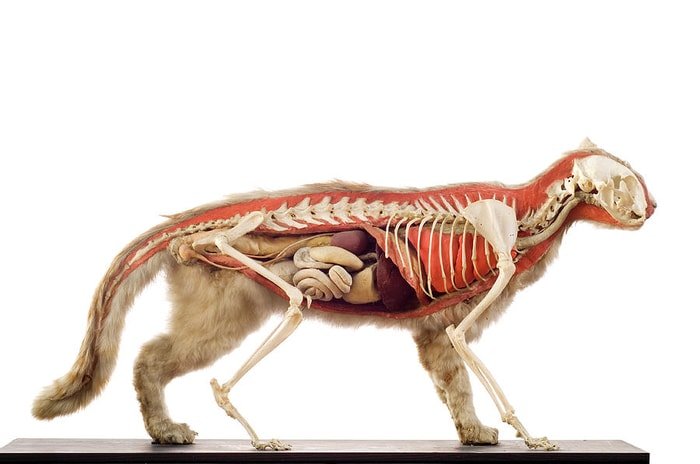
4. Cat Physiology
Cat Information included the cat’s physiological normal values. Cat physiology means body condition, structure, movement, body temperature, heart rate, and breathing rate. The body temperature of a cat is 38.6 C(101.5 F). The breathing rate of the cat is 16-40 breaths per minute, and the heart rate is 120-140 beats per minute. Cats are high heat tolerance animals. Cats with impaired breathing often resist handling and struggling may compound the oxygen deficit.
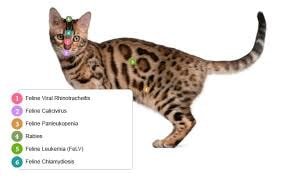
5. Cat Feeding
Cat feeding is significant because it maintains the bone, muscle, and finally a healthy feline. So, feeding your cat is an appropriate amount, and keeping a healthily balanced diet chart. Cats have needed special dietary needs. Whatever you choose to feed your cat, make sure that it is part of a well-balanced diet, and that not given more than the cat’s energy requirements.
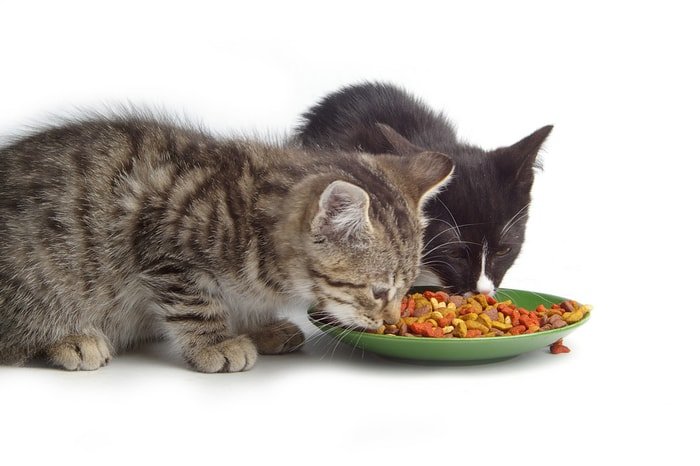
6. Cat Grooming
Healthy cats are naturally good at keeping clean. They groom themselves by moving and rubbing on the ground, scratching, chewing at matted fur, and kicking their coats. Unfortunately, they also like to run in noxious substances such as other animals’ dropping and anoint their fur with what humans consider to be unpleasant odors, and thus sometimes need help with grooming, as well as occasional bathing.
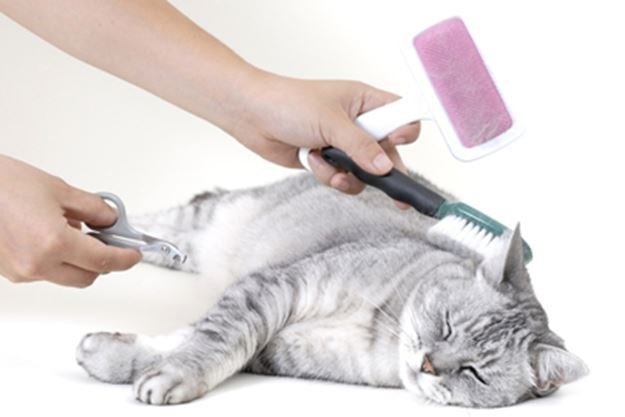
Human intervention in cat breeding has led to a variety of coat textures and lengths, each with individual grooming needs. Selective breeding has also been responsible for cat coats that require frequent brushing, stripping, or clipping. Cat grooming is an essential factor of the Cat Information.
7. Cat Vaccination
When you want a healthy pet, and maintain a public health condition, then you must have to a vaccination schedule program. Cat Information explains the name of cat vaccination. There are different types of vaccines against specific diseases.

8. Cat Diseases
There are different types of cat diseases, which is contagious and infectious. So you just have to know the conditions of a cat. Some disorders are zoonotic that is transmitted to the animal to animal and animal to human. The most common cat diseases are:
- Toxoplasmosis.
- Rabies.
- Cat scratch diseases.
- Feline leukemia virus.
- Feline distemper.
- Feline calicivirus.
- Cancer.
- Vomiting.
- Kidney diseases.
- Diabetes.
- Feline immunodeficiency virus.
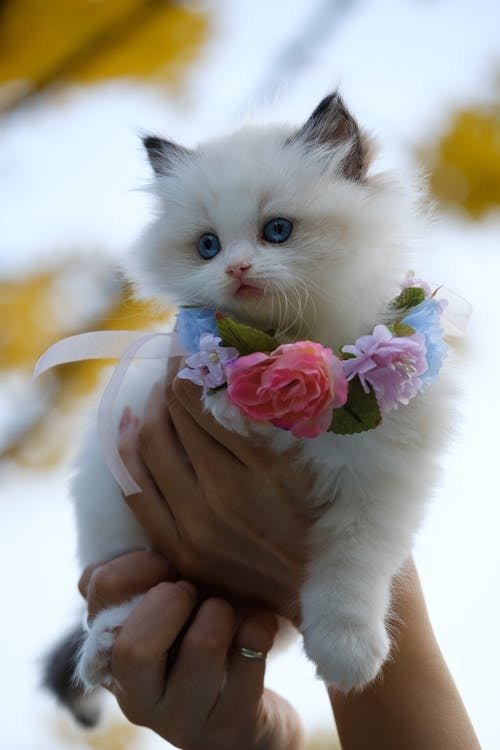
9. Cat Behaviors
Cats are agile and seldom tolerate manipulation without response. They are individualistic and vary widely in response to handling. So it is vital to know the cat’s behavior when you are handling your cat. Cats tend to be less amenable to manipulation than dogs.
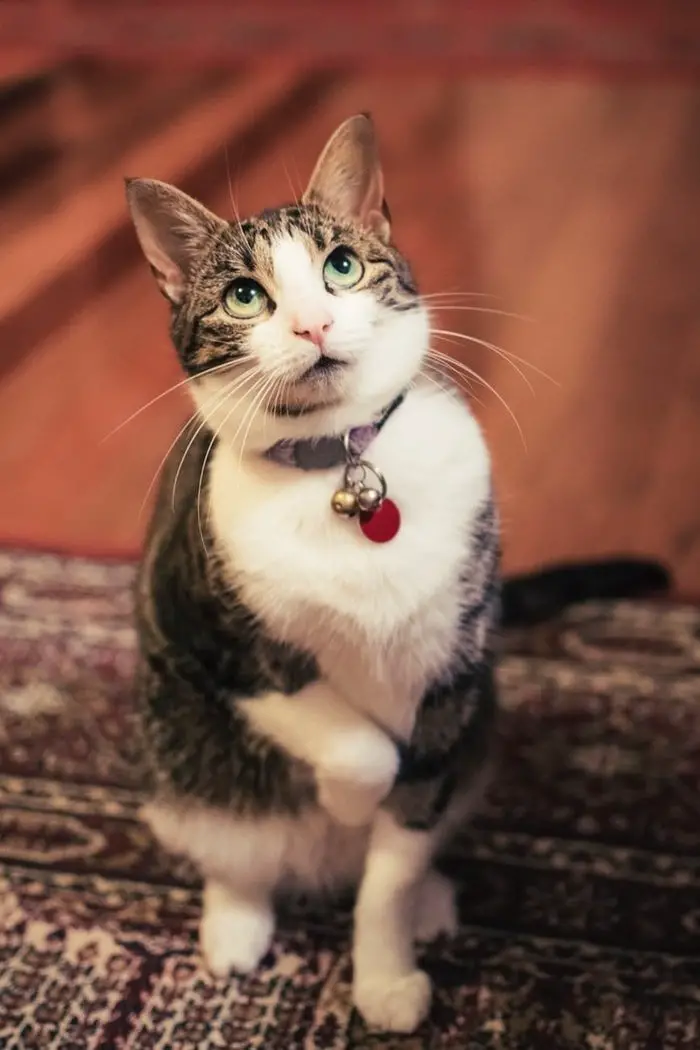
Behaviorally, they are less inclined than dogs to develop extremely close relationships with their owners. Cats are a brilliant animal that must notice the Cat information. The cat is a vocalizing domestic animal. Cats are unpredictable, demonstrating quicksilver changes in behavior.
10. Cat Housing or Living Condition
They are very social animals. When you rear a cat, in this situation cat housing or living conditions is an essential factor to the Cat Information. Available space required for the individual animal. To arrange the pair housing system. Cats’ house must be warm, dry, and protected. It would help if you had to manage the comfortable bedding for your cat. The sleeping area must be predator-free and arrange different types of toys. Because cats enjoy a variety of toys and they are very playful animals.
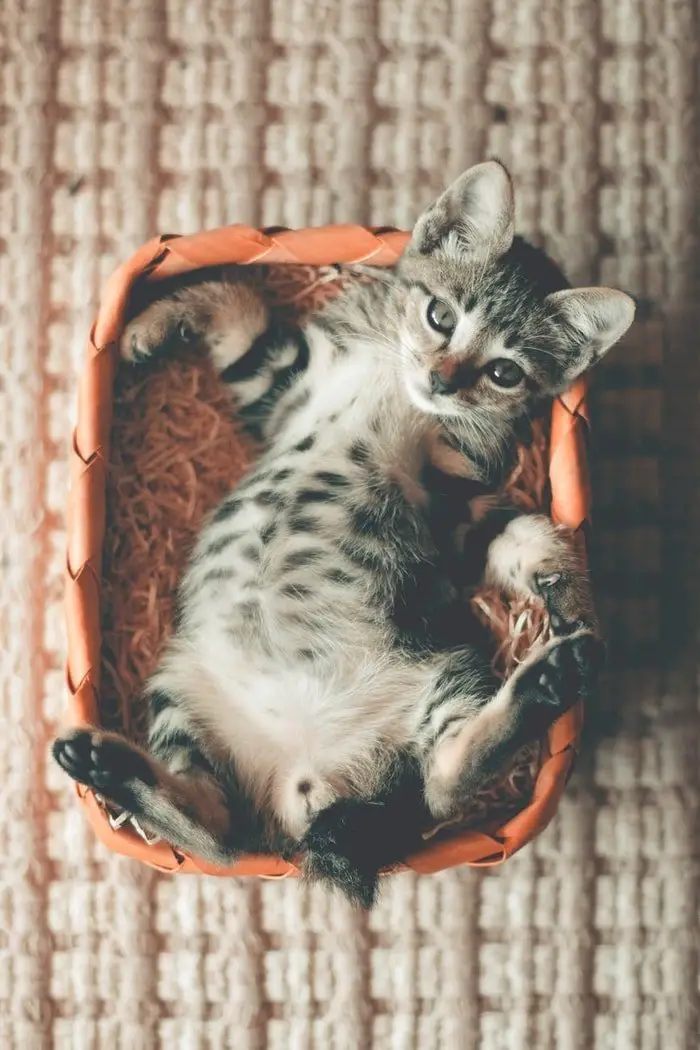
11. Cat Transportation
Cats need to be transported or shipped to other places or shows by small individual cages. Cats may vocalize in loud when confined. You must be very careful about your transportation. Arrange a healthy and comfortable living during transportation.
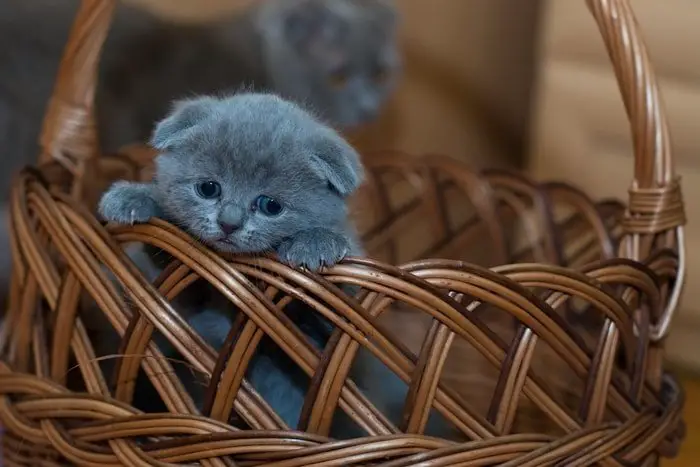
12. Cat Handling
Of all domestic animals, the cat is one of the most difficult to handle. The cat defends itself by biting and clawing. Cats are well equipped with sharp canine teeth capable of inflicting severe wounds; retractable claws become formidable weapons in an excited and angry cat. Both forefeet and hind feet must be reckoned with when you are restraining a cat.

13. Veterinary Examination of Cat
When examining a cat at a veterinary hospital, the animal placed on a smooth, slick table. The cat is disturbed by the effort required to maintain stability and is less likely to use a paw for scratching. To carry out general examination and palpation, gently hold the cat on the examination table with the hands keeping over the back.
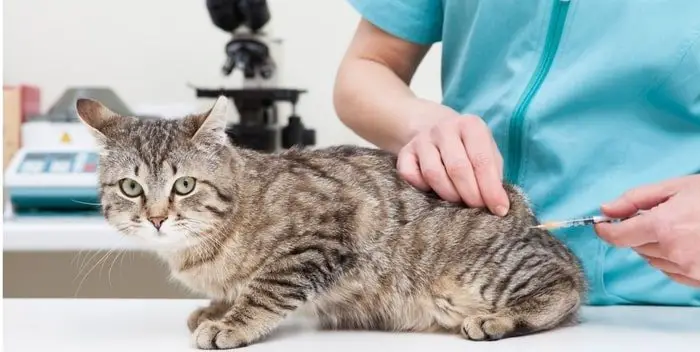
The animal must be held more firmly and softly, grasp the loose skin over the end of the neck, pressing the cat onto the table with both hands, one over the neck and the loins. This prevents the cat from lashing out with either front or back paws.
In Conclusion
Cat Information is a sensitive issue for a cat owner. So, it is essential to know how to handle a cat, its feeding, grooming, anatomy, physiology, housing, transportation, and other information. In this article, I have tried to give you this short of cat information which should have to need when you introduce a cat in your house.
If the above information helps you, please share it with other cat owners via social media.